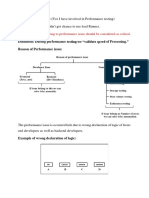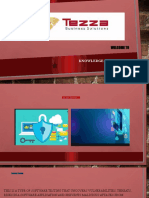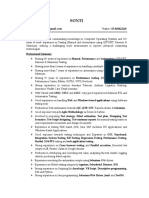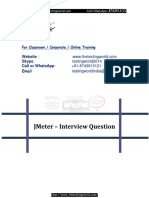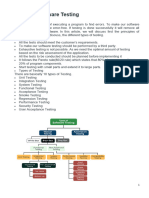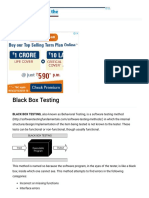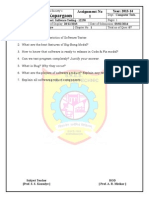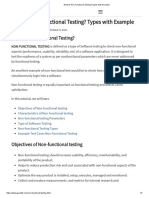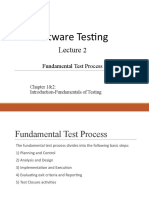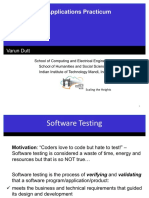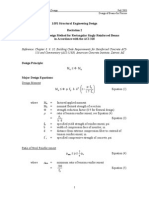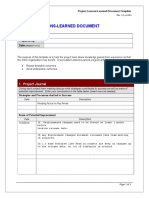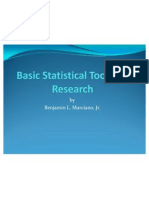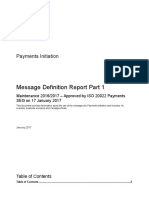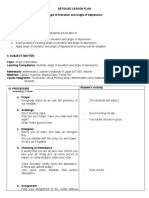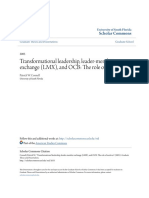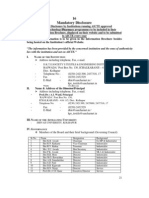0% found this document useful (0 votes)
54 views18 pagesTesting Fundamentals
The document discusses software testing fundamentals including that testing starts with requirements, testing finds errors, unit testing examines individual units of work, and the five types of software testing which range from unit to acceptance testing.
Uploaded by
S SWAPNACopyright
© © All Rights Reserved
We take content rights seriously. If you suspect this is your content, claim it here.
Available Formats
Download as PDF, TXT or read online on Scribd
0% found this document useful (0 votes)
54 views18 pagesTesting Fundamentals
The document discusses software testing fundamentals including that testing starts with requirements, testing finds errors, unit testing examines individual units of work, and the five types of software testing which range from unit to acceptance testing.
Uploaded by
S SWAPNACopyright
© © All Rights Reserved
We take content rights seriously. If you suspect this is your content, claim it here.
Available Formats
Download as PDF, TXT or read online on Scribd
/ 18







